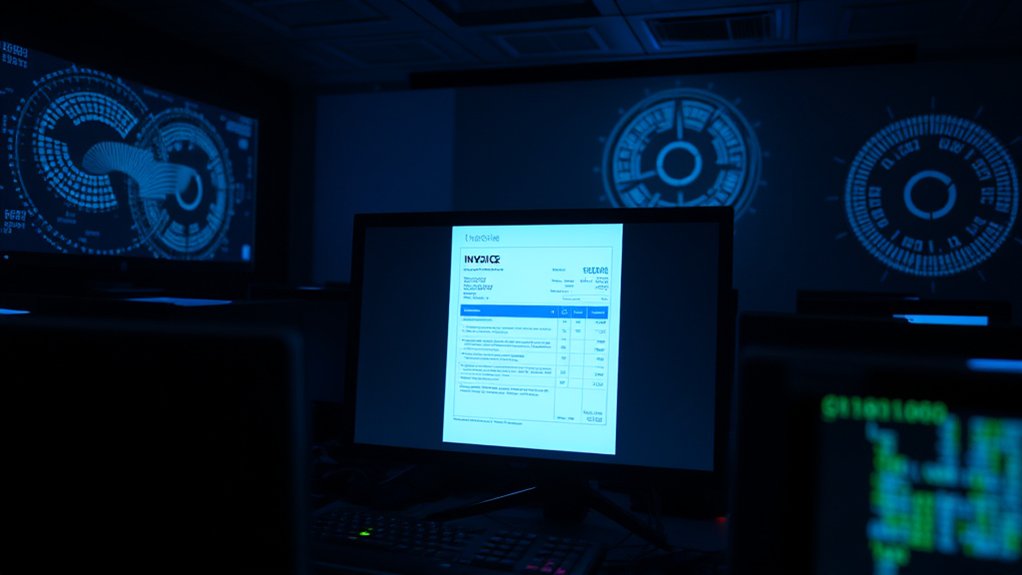How do phishing attacks exploit trusted online domains? Cybercriminals increasingly use established domains such as Google to mask malicious links, leveraging brand trust to lure unsuspecting users. This deceptive practice has become prevalent; phishing attacks surged by over 150% annually since 2019, prompting organizations to bolster their defenses. Reports indicate that Google’s blocks around 100 million phishing emails per day, revealing the scale of this growing threat. In fact, 55% of phishing attacks utilize established brand names for credibility, further complicating the landscape.
A common tactic involves creating links that appear legitimate because of their association with trusted platforms like Google.com. For instance, attackers often utilize Google Translate’s URL structure to mislead users, directing them toward counterfeit login pages that mimic those of prominent services, including Google, Facebook, and Microsoft. Such methods exploit prevailing urgency, as attackers frequently craft messages warning recipients that “Your account is at risk!” This urgency promotes impulsive actions that can lead to credential theft. Using AES-256 encryption through VPN services can help protect users from these malicious attempts.
The vulnerabilities inherent in users’ online safety practices further complicate responses to phishing. Security filters, renowned for their deficiencies, often fail to detect these manipulative links. Moreover, phishing campaigns utilize shortened URLs, which complicate identification of threats, especially on mobile devices. Incidents of users inadvertently entering credentials on fake sites exemplify the dangers associated with this type of attack. The average cost of a phishing breach is estimated at $4.88M, highlighting the significant financial implications for organizations and individuals alike.
Phishing tactics have evolved dramatically, aided by the emergence of crime-as-a-service marketplaces that grant attackers access to sophisticated phishing kits. Data indicates that approximately 20% of phishing efforts originate from Russia, while attackers frequently renew their strategies by replacing blocklisted hyperlinks rapidly.
In 2025, statistics reveal that 72% of organizations reported increased cyber threats, including phishing and social engineering attempts, placing heightened importance on training and awareness. Consequently, organizations must remain vigilant regarding links from known platforms, implement multi-factor authentication, and routinely audit their cybersecurity measures.
The challenge of phishing, exacerbated by trusted domain exploitation, highlights the need for awareness and precaution in today’s digital environment.









